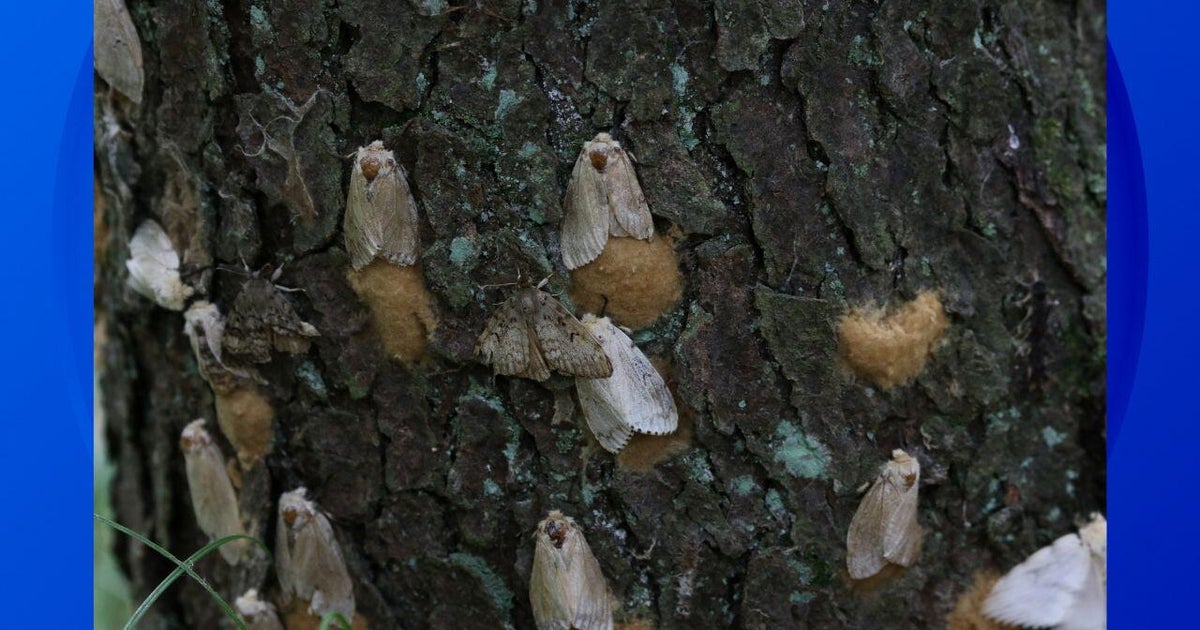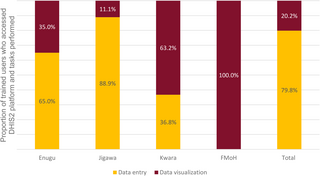Residents of Southeast Michigan are being urged to observe their surroundings for spongy moth egg masses, which can be found on tree trunks, fences, and other outdoor surfaces. This request was made by the Macomb County office of Michigan State University Extension on Tuesday.
The extension office highlighted that early detection and removal of these egg masses during the fall can significantly prevent an outbreak of caterpillars and adult moths in the following year. Spongy moth egg masses are particularly resilient, enduring Michigan’s snowy winters, with the eggs hatching in the spring. As a result, the emerging caterpillars can cause significant damage as they consume the leaves of various trees.
An infestation of spongy moths poses a serious threat to trees, potentially leaving them susceptible to drought and other diseases. To assist homeowners and community members, the extension service shared specific details about identifying these egg masses.
Identification Tips
– Appearance: The egg masses resemble fuzzy clumps that are yellow-brown in color, typically measuring between one to two inches in length.
– Common Locations: Look for these masses on tree trunks, wooden fences, outdoor furniture, and other surfaces that offer shelter.
When residents report sightings of these egg masses to the Michigan State University Extension, trained professionals will conduct site inspections to assess whether any suppression treatments are required to manage the population of spongy moths effectively.
In addition to the identification advice, officials are encouraging anyone who notices signs of these moths in Macomb County to reach out via the local spongy moth hotline at 586-469-6432. This proactive approach aims to mitigate the risk of infestations and safeguard local trees, parks, and residential areas during the crucial spring season.
The spongy moth, originally known as the gypsy moth, can have devastating effects on forests and other landscapes. Community efforts to monitor and manage this pest are vital for protecting the ecological health of Michigan’s natural resources.
By working together, residents can play a crucial role in preventing the spread of this invasive species. The collaboration between the community and the extension service is essential to maintaining the beauty and health of Southeast Michigan’s urban and natural landscapes.
As residents prepare for the potential challenges that come with seasonal changes, staying vigilant against invasive pests like the spongy moth will be crucial. Every individual’s effort can make a difference in ensuring that trees remain healthy and resilient, keeping Michigan’s environment thriving for years to come.






